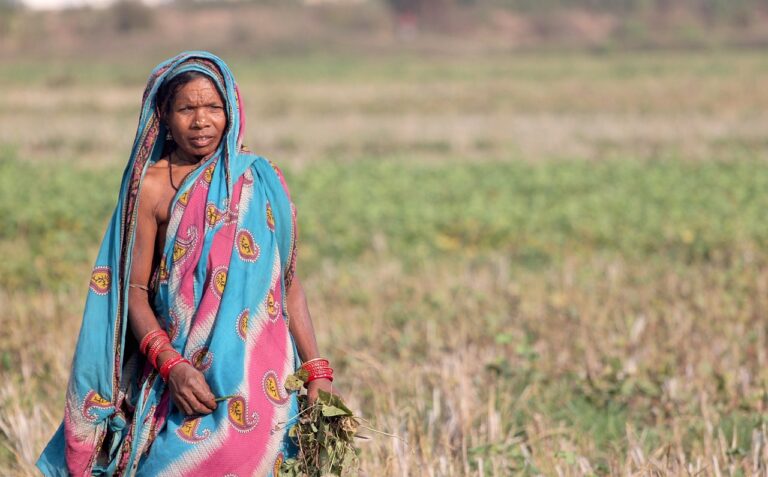Predicting Electoral Shifts: Lessons from Past Elections: All panel login mahadev book, Lotus bhai.com, Laser book 247 com registration
all panel login mahadev book, lotus bhai.com, laser book 247 com registration: Predicting Electoral Shifts: Lessons from Past Elections
In the unpredictable world of politics, predicting electoral shifts can be a daunting task. However, by analyzing past elections, we can glean valuable insights that can help us make more informed predictions about future outcomes.
1. Understanding Voter Behavior
One of the most crucial factors in predicting electoral shifts is understanding voter behavior. By examining past trends in voter turnout, demographics, and party loyalty, we can start to paint a clearer picture of how certain groups may sway in upcoming elections.
2. Economic Factors
Another important aspect to consider when predicting electoral shifts is the state of the economy. Historically, voters have tended to favor incumbent parties during times of economic prosperity, while looking for change during times of recession. By keeping a close eye on economic indicators, we can better anticipate how voters may respond at the ballot box.
3. Campaign Strategies
The strategies employed by political campaigns can also have a significant impact on electoral outcomes. Looking at successful campaign tactics from past elections can provide valuable insights into what resonates with voters and what may fall flat.
4. Social Media Influence
In today’s digital age, social media plays a crucial role in shaping public opinion. By analyzing how social media trends have affected past elections, we can gain a better understanding of how these platforms may influence future electoral shifts.
5. Swing States
Swing states, those states that are not reliably red or blue, can often determine the outcome of an election. By examining past results in swing states and understanding the key issues that resonate with their voters, we can better predict how they may swing in future elections.
6. Voter Turnout
Finally, voter turnout is a critical factor in any election. By studying past turnout rates and the factors that influence them, we can make more accurate predictions about how different demographic groups may impact the outcome of an election.
FAQs:
1. How accurate are predictions based on past elections?
While past elections can provide valuable insights, they are by no means a foolproof method for predicting future outcomes. Political landscapes can shift rapidly, and unforeseen events can always impact electoral results.
2. What role does polling play in predicting electoral shifts?
Polling data can be a useful tool in predicting electoral shifts, but it is important to take into account the margin of error and potential biases in polling methods.
3. Are there any other factors to consider when predicting electoral shifts?
In addition to the factors mentioned above, it is also important to consider the impact of current events, campaign fundraising, and the overall political climate when making predictions about electoral outcomes.
In conclusion, by studying past elections and taking into account a variety of factors, we can make more informed predictions about electoral shifts. While there are no guarantees in politics, learning from the past can certainly help us navigate the uncertainties of the future.







